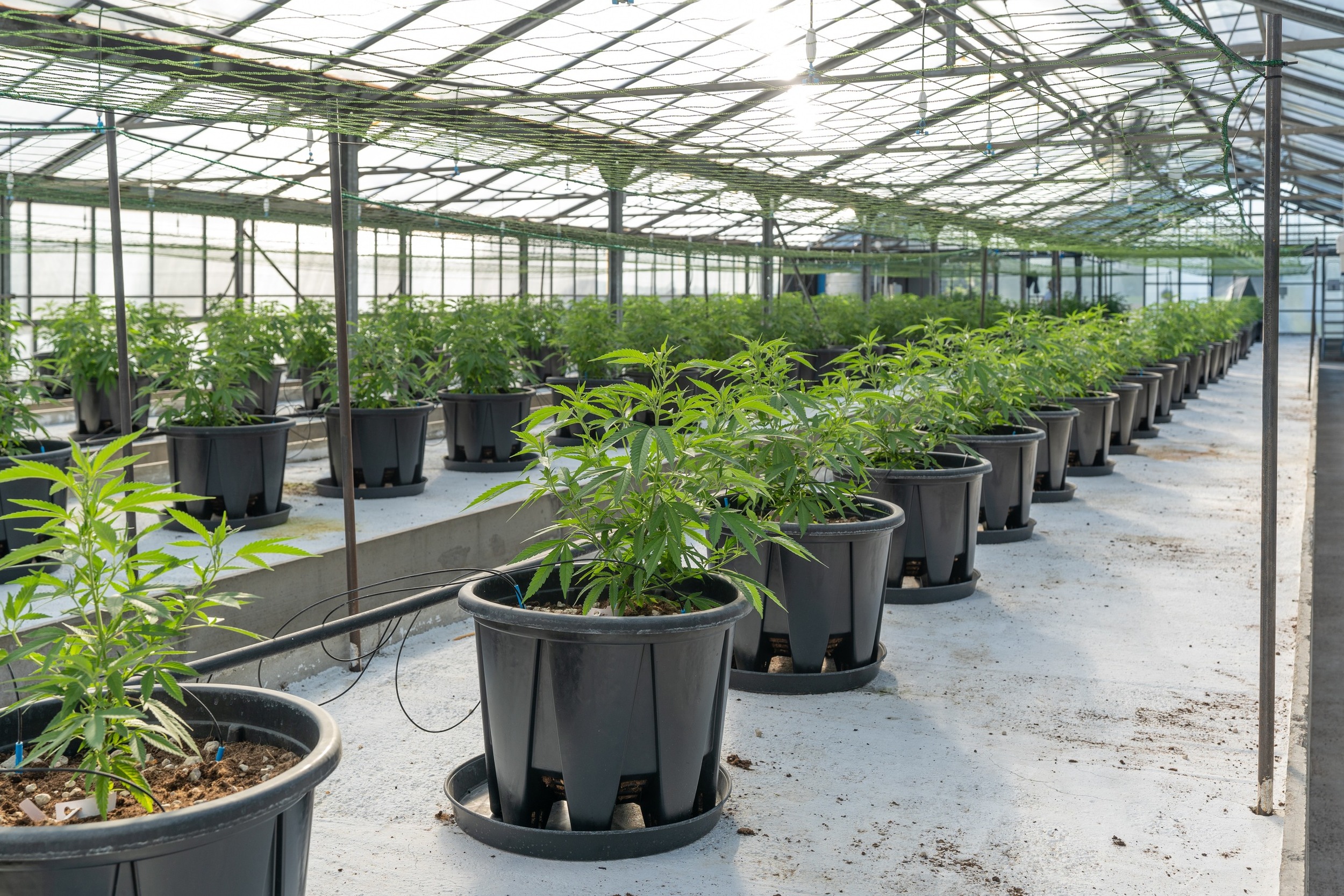
When it comes to growing cannabis, one of the most essential parts of maintaining your plants’ health is caring for the roots. However, many pests, viruses, molds, and more are determined to make a snack out of this sensitive part of your cannabis plant. Any problems with the roots must be identified quickly so that they can be resolved with limited damage to the plant.
Identifying the exact problem with your roots requires knowledge, patience, and experience with the plant. While root problems are something no grower wants to experience, having a comprehensive understanding of the topic can help not only combat them but also prevent them from occurring in the first place.

Think of a plant’s roots as its nervous system. This is the part of the plant that controls the nutrient intake that the plant needs to grow and remain healthy. If damaged or killed, the entire plant suffers and can even die in some cases.
According to information shared by the Nation Center for Biotechnology Information, “Roots play a key role in resource acquisition, which impacts crop growth and the environment.”
The roots are one of the most essential parts of the entire cannabis plant. Without healthy roots, cannabis plants, or any plant, could be severely damaged or killed. But how do you know where to start when fixing a problem with your roots? Let’s take a closer look.
Now that we know what the roots do, let’s look at where to start when diagnosing root problems in cannabis plants. Multiple things can impact the roots of your plants. However some of the most common include;
Root rot is just as unsavory as it sounds. This particular problem is more officially known as Pythium, but most individuals know it just as root rot. According to the University of California IPM program, “The pathogens that are responsible for Pythium root rot, also known as water molds, are present in practically all cultivated soils and attack plant roots under wet conditions. These fungi can be spread by fungus gnats and shore flies and end up contaminating potting mixes in containers.”
In this instance, the roots may contain mold (color dependent on stage), be easy to break, or be mushy. A smell of decay can also sometimes accompany these symptoms. Oftentimes, a plant with root rot will have overly moist soil or be in a too-humid room.
However, the good news is that root rot is preventable. By practicing proper watering methods and maintaining an ideal growing environment throughout the plants’ lifecycle, root rot can be avoided. For more information and tips about how to achieve this, please visit Verne Bio’s Knowledge Center.
Viruses and viroids can cause significant damage to your cannabis crop. They typically either stunt root growth or damage existing root structures. According to research from Frontiers in Plant Science, “Many viruses affect the vascular system xylem and phloem, which causes the formation of tillers and cell death. As a result, the wilting of plants, the delayed outflow of the assimilates from the leaves, and the appearance of necroses on the vegetative plant in tubers and fruits are observed.”
Dozens of viruses and viroids impact cannabis crops. Symptoms may vary depending on the specific virus or viroid affecting the plants. The easiest way to prevent a virus or viroid from taking hold is by implementing preventative measures and by using testing to help safeguard your crop. For more information about various viruses and viroids that impact cannabis crops, please check out the Verne Bio Knowledge Center.
Pests such as aphids and gnats can cause harm to the roots early on in their lifecycle. An unkempt pot or grow bed can create an ideal breeding environment for larvae of various species. The larvae will devour the roots of the plant, causing a chain reaction that leads to the plant’s death.
Pests are easy to spot. Besides seeing the actual bugs themselves, growers may find chew marks in the leaves and stems. Some pests, such as spider mites, may even leave a “webbing” around parts of the plant. And where adult bugs can be found, it is easy to assume that larvae may be around as well.
Preventing pests and their accompanying larvae follows many of the same rules as preventing viruses and viroids. Implementing strong preventive measures such as cleaning and pruning can help keep pests at bay. It is also advisable to implement a strong IPM program. For example, ladybugs and praying mantises are ideal natural predators of many crop-damaging bugs. It also would not hurt to leave the spider building a web in the corner alone. While creepy to many, spiders are a great pest management tool.
Ready to learn more about cannabis cultivation? Verne Bio’s Knowledge Center has a plethora of articles, studies, and more surrounding the wonderful world of cannabis. When looking through our Knowledge Center, readers can find articles covering topics like;
Want Verne Bio content to come directly to you? Readers who sign up to receive our newsletter can get educational material, news about sales, and more delivered straight to their inboxes. What could be better than that?
At Verne Bio, we are dedicated to helping growers expand their knowledge about the cannabis plant and the industry surrounding it. Our goal is to help place that knowledge into the hands of growers across the US. So when it comes to expanding your education about cannabis, you know you have a friend in Verne Bio.
Works Cited
Padmanabhan, Chellappan. “Plant protection from virus: a review of different approaches.” NCBI, 12 June 2023, https://www.ncbi.nlm.nih.gov/pmc/articles/PMC10291191/. Accessed 17 September 2023.
Tajima, Ryosuke. “Importance of individual root traits to understand crop root system in agronomic and environmental contexts.” NCBI, 2021, https://www.ncbi.nlm.nih.gov/pmc/articles/PMC7973490/. Accessed 16 September 2023.
UC IPM. “Pythium Root Rot / Floriculture and Ornamental Nurseries / Agriculture: Pest Management Guidelines / UC Statewide IPM Program (UC IPM).” UC IPM, 2020, https://ipm.ucanr.edu/agriculture/floriculture-and-ornamental-nurseries/pythium-root-rot/. Accessed 17 September 2023.

to receive updates and news on our products, events and promos!